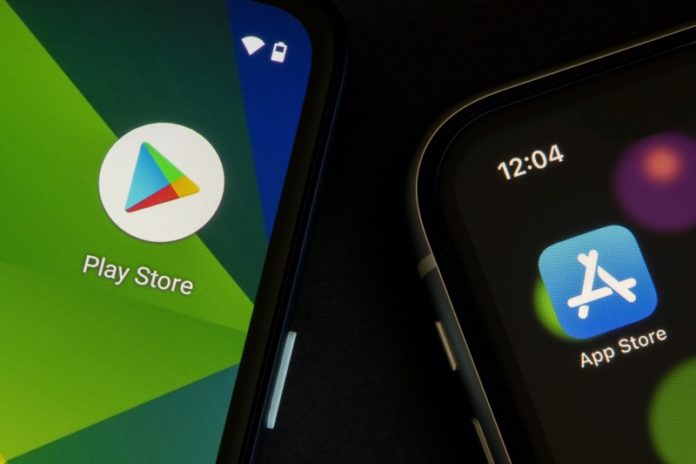Uploading your app to the App Store and Google Play is not as straightforward as it looks. Maksym Fedoriaka from www.applifting.cz offers some handy hints and tips.
Submitting your app to the App Store can be challenging for an experienced developer and even more so for professional services marketers. It is not uncommon for a submission to be rejected with reviewers taking a closer interest in the first version of a new app.
Before starting to develop an app, check that it is appropriate for your chosen app marketplace. Whilst apps that revolve around offensive or other inappropriate subject matter will be rejected, there are some types of ‘normal’ apps that aren’t permitted either. Apple rejects, for example, any emulation and game streaming apps. Game streaming is technically allowed on iOS but is riddled with strict requirements and payment policies leaving developers preferring to rely on web solutions instead.
The next issue developers face is their business model and how that fits into the guidelines. Apple is stricter in enforcing its rules than Google, but you should pay attention to both sets of guidelines.
Most apps, for example, will have to use in-app purchases provided by the respective platform, which means they will take between 15 and 30 percent of the revenue based on how much money your app generates per year (below US$1 million, it’s 15 percent). There are a few exceptions where you may have to accept alternative payment methods, so it’s better to be sure that your planned business model does not go against platform guidelines.
Some of those exceptions include apps that provide physical goods and services (Uber, Airbnb etc) or apps that provide access to content (Spotify, Netflix etc). It’s worth noting that trying to cheat the system may result in your developer account being terminated. If your app operates in a highly regulated area, such as healthcare, law or gambling, check the guidelines for those types of apps – you may need to provide additional information and/or restrict your app to be available in certain regions only.
Another challenge that may cause delays for professional services firms is what Apple calls ‘minimum functionality’. Apple states that “your app should include features, content, and a UI that elevates it beyond a repackaged website”. If your app is not particularly useful, unique or ‘app-like’ it doesn’t belong in the App Store. Apple will not promote an app that is just a re-packaged website. They want apps with a distinct look and feel and with genuine features and functionality; this is a warning that should not be ignored in the development and testing phase.
A common pitfall, particularly in cross-platform apps, is not offering a ‘sign in with Apple’ option alongside other third-party login options, such as Facebook and Google. If the app offers only first-party login from your company, you can omit this step. But if you add a third-party integration, Apple’s sign-in system should be accommodated as well.
Additionally, there is Apple’s App Tracking Transparency (ATT for short). iOS has two types of identifiers: one for vendors and the other for advertising. The first one is unique. It changes if the user removes the app and reinstalls it, and it is different for every app vendor.
The second is unique and persistent across all apps on the phone, but it requires the user’s explicit consent. It can be useful beyond advertising purposes, gaining a more accurate estimation of the number of active users. But be prepared that quite a lot of users don’t allow access to it. If you use this ID without asking the user for permission, the app will be rejected. The tricky part is that you might not access it in your code, but beware that some analytics libraries do use it, and you are responsible for any third-party code shipped within your app.
Our final tip is not to sweat the small stuff. Your first submission is usually the tricky one and it is likely you will have to fix and submit the app for review multiple times before it gets approved. It’s good to start at least a few weeks prior to the planned release, preferably one to two months. In cases where your app utilises special entitlements, such as CarPlay, that need to be requested from Apple, you need to start much earlier. In our experience, you might have to wait three to six months to receive the entitlement, without which these features can’t be added.
As you can see, there are many potential problems in submitting your app to the marketplaces. Hopefully, this article can help you avoid some common pitfalls. The main takeaways are to follow the guidelines and plan your release schedule with a bit of leeway in case of issues that might arise.
Based in Prague and London, www.applifting.cz is a highly respected, international software house experienced in working with both established corporate clients and dynamic start-ups.


